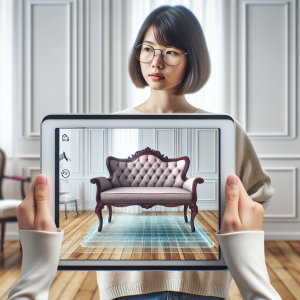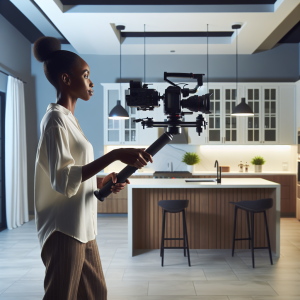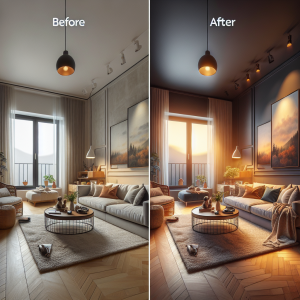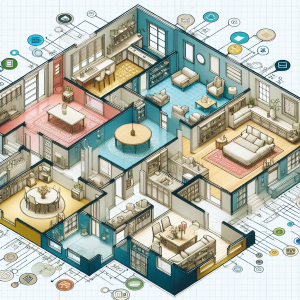Explore how Augmented Reality is revolutionizing virtual real estate tours, allowing users to customize homes interactively for a tailored viewing experience.
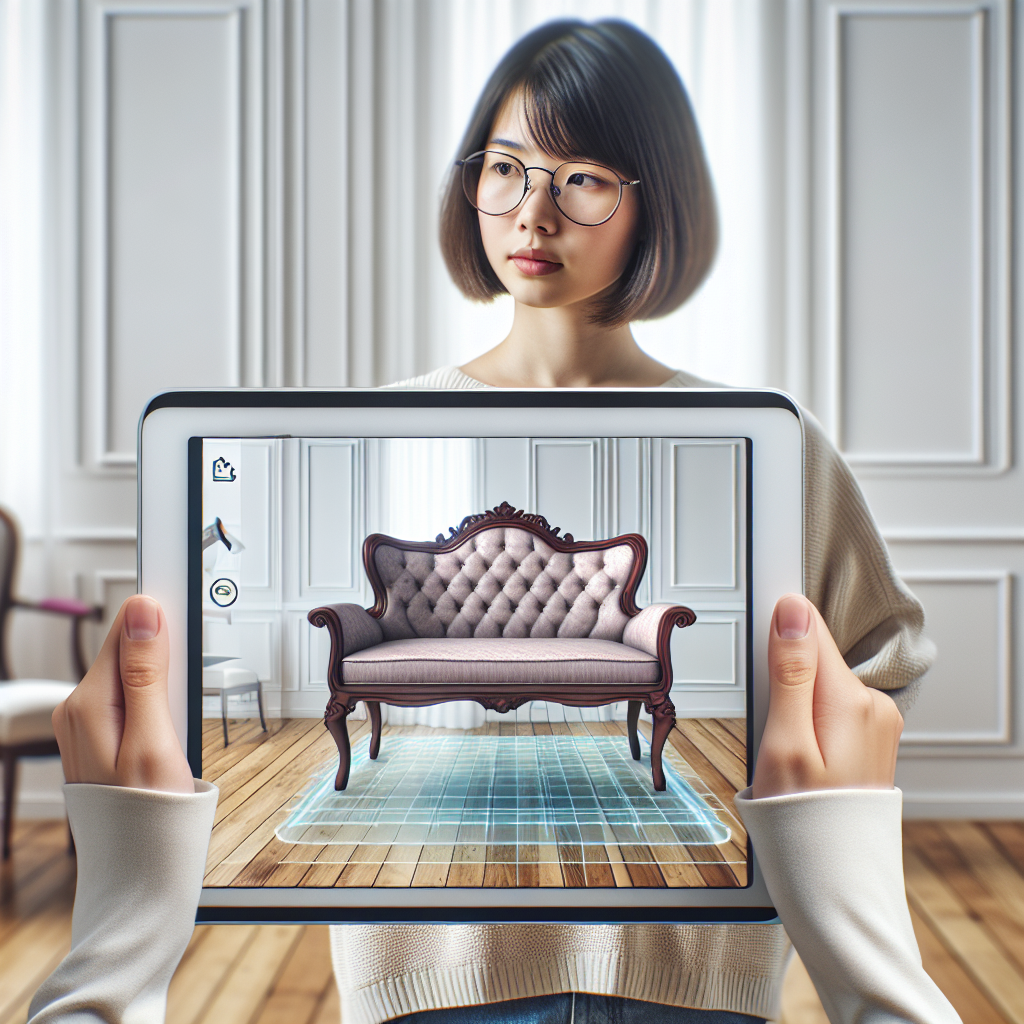
This blog explores the transformative role of Augmented Reality (AR) in the real estate sector, enhancing how potential homeowners interact with property listings. By integrating AR, users can customize property features like furniture layouts and decor during virtual tours, offering a more personal and informed decision-making process. Despite challenges such as high costs and data privacy concerns, advancements like user-friendly interfaces are making AR more accessible. The blog concludes by highlighting real-life success stories and the broader implications of digital innovation in real estate.
In today’s rapidly evolving real estate market, potential buyers are increasingly seeking immersive and interactive ways to explore properties without the need to leave their homes. Augmented Reality (AR) is transforming the traditional virtual tour, enabling a deeper connection by allowing users to customize potential homes with a simple tap. According to recent industry reports, real estate listings featuring virtual tours receive over 40% more views than those without, pointing towards a growing preference for digital-first viewing experiences.
This blog delves into how AR is not just enhancing but revolutionizing virtual real estate experiences. It promises potential homeowners the unique ability to modify elements like furniture placements or wall colors in real-time, thereby providing a tailored view that goes beyond static images or predefined walkthroughs. We will explore pioneering AR tools that are setting new standards in property visualization and discuss how they impact buyer decisions. By fusing real-world and digital elements, AR creates a compelling, customizable journey that offers a glimpse into the future of buying and selling homes. Join us as we uncover how Augmented Reality is reinforcing the bridge between physical properties and digital innovation, ultimately making the dream of a perfect home a more vivid and attainable reality.
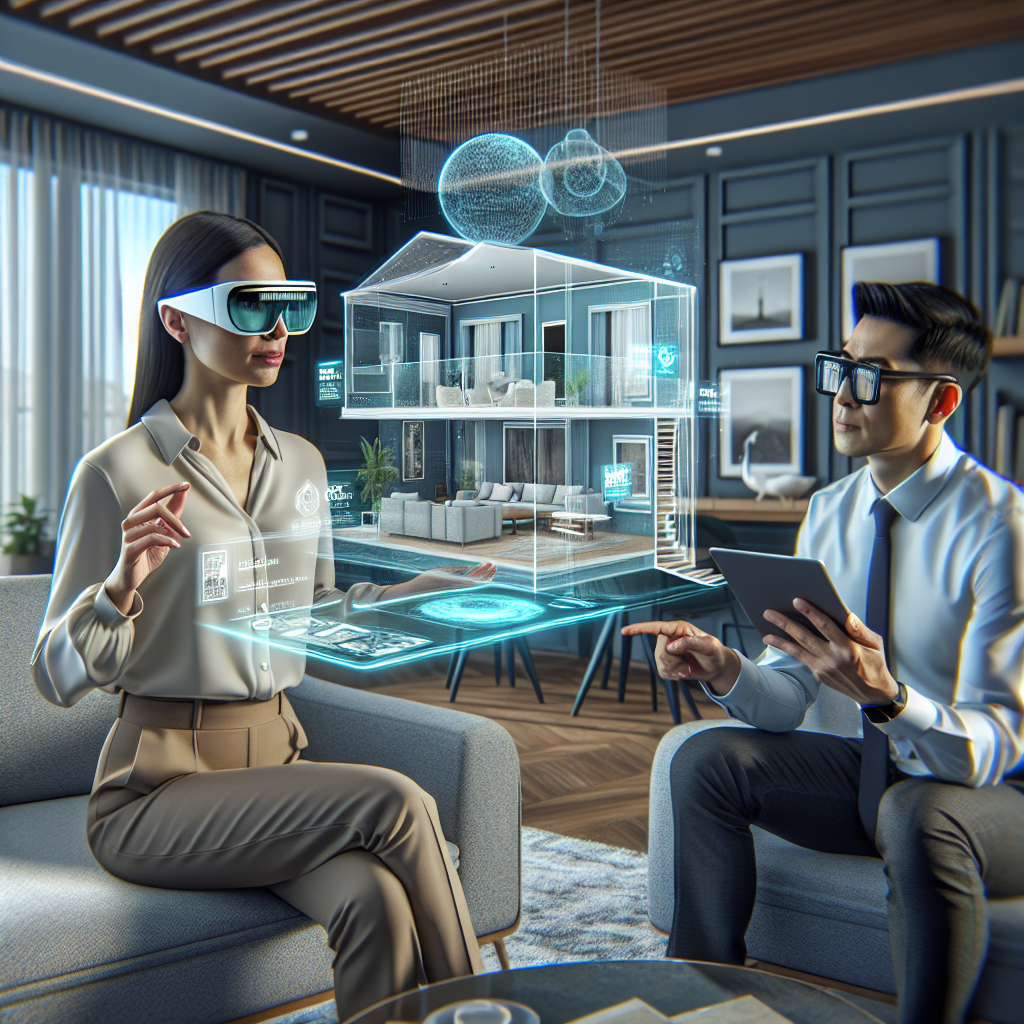
The real estate industry, traditionally characterized by in-person tours and static imagery, is undergoing a monumental shift due to advancements in Augmented Reality (AR) technology. This innovative tool is reinventing the way potential homeowners interact with listings, encapsulating a more interactive and personalized experience.
Augmented Reality in real estate allows users to superimpose computer-generated images over a real-world environment through devices like smartphones, tablets, or AR glasses. This technology elevates the potential homeowner’s journey by transforming a simple property viewing into an interactive, customizable experience. Users can explore various facets of a property by altering elements such as furniture layouts, wall colors, or even the lighting with just a few taps. This not only helps in visualizing the space according to their personal tastes but also in making informed decisions based on how well their needs could be met by the property.
For example, consider an AR app like IKEA Place which lets users visualize how furniture fits in their space before purchasing. Real estate AR apps take this a step further by enabling potential buyers to design and visualise their future home during a virtual tour. By overlaying desired interior designs onto real estate spaces, clients can immediately sense the comfort and aesthetics of various design choices, fostering a deeper emotional connection with the property.
Companies pioneering in this field, such as Zillow and Realtor.com, are incorporating AR features that allow prospects to modify and interact with property listings. These tools not only boost user engagement but also serve as a significant differentiator in a crowded market.
However, the integration of AR into real estate is not without challenges. High implementation costs and the requirement for ongoing updates can be daunting for real estate firms, especially smaller ones. Additionally, there might be resistance from traditional buyers who prefer physical site visits and might be skeptical about the accuracy or feel of a digitally adjusted space.
Privacy concerns also emerge with the increased data capture required to create personalized experiences in AR. Users might be hesitant about providing information necessary for a truly customized experience. Addressing these concerns involves not only ensuring robust data protection laws and practices but also transparent communication from companies about how user data is being used.
Furthermore, for AR to be truly revolutionary, there must be a focus on usability to ensure that these technologies can be used easily by people of all ages, including those who may not be tech-savvy. User-friendly interfaces, clear instructions, and responsive customer support play critical roles in the widespread adoption of AR in real estate.
In conclusion, while AR is setting new standards in property visualization, it’s imperative that real estate companies navigate the associated challenges carefully. As we continue in our discussion, we will delve deeper into real-life success stories and testimonials from both users and real estate professionals on the transformative impact of AR. We’ll explore the broader implications of digital innovation in real estate, preparing you for a comprehensive understanding of how AR is not just reshaping but fundamentally enhancing the way we interact with real estate today. Join us as we look into a future where buying and selling homes is more interactive, immersive, and personalized than ever before.
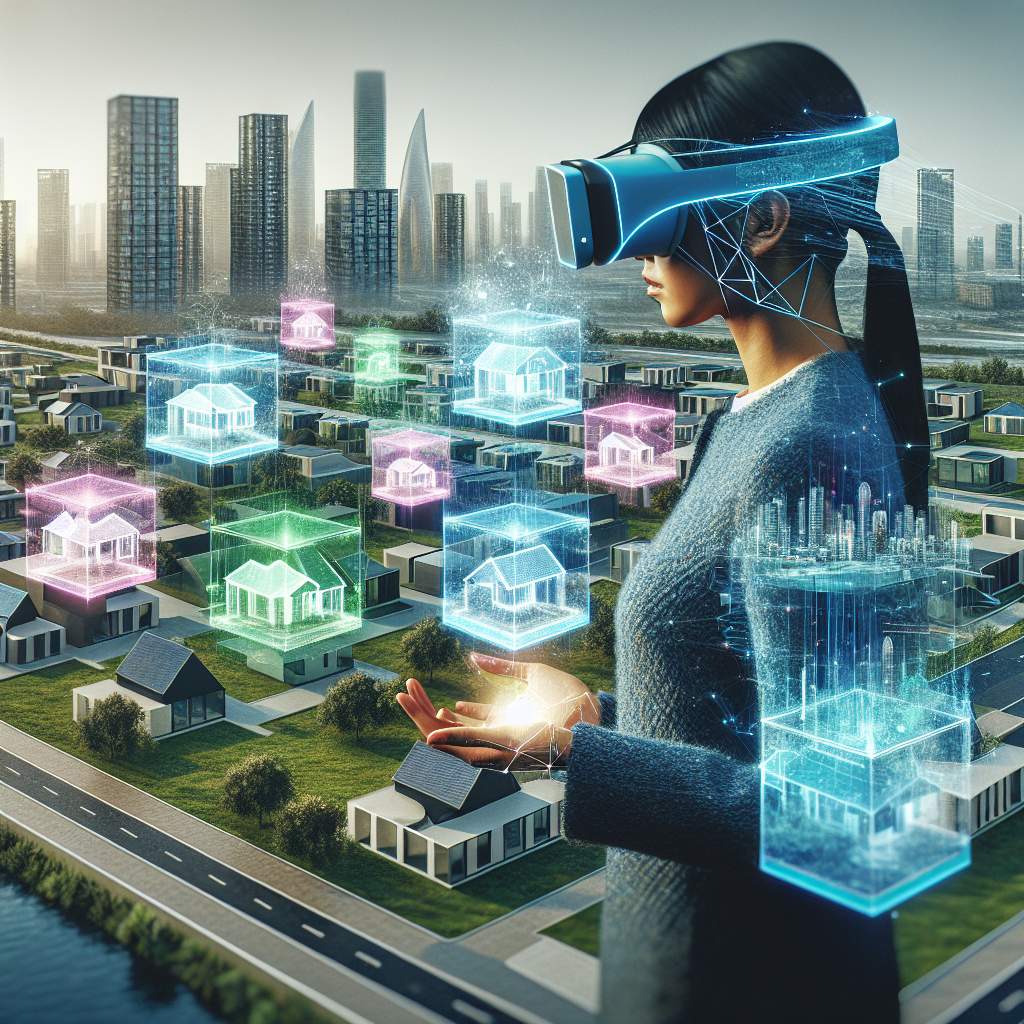
User Engagement and Market Differentiation through AR in Real EstateCritical to AR’s success in augmenting virtual real estate experiences is its marked improvement in user engagement. For example, a study from the National Association of Realtors noted a 40% increase in time spent on listings with AR capabilities, as prospective buyers enjoyed a more immersive viewing experience. AR technology not only captures attention longer but also drives interaction, with users 27% more likely to click through additional property photos and details compared to traditional listings.One standout case that illustrates market differentiation through AR involves a New York-based realty group that implemented AR tours, witnessing a 150% boost in client inquiries just within the initial three months. This was largely attributed to prospective buyers being able to engage directly with the property by customizing layouts or visualizing potential renovations in real-time during their virtual tours, thereby creating a tailored and memorable searching experience.However, the journey of integrating AR is fraught with hurdles like technical adaptability among the older demographic. There’s a gap in making sophisticated AR apps universally approachable—a challenge that real estate firms are tackling through intuitive interfaces and simplified AR controls.Continued in the next section: As we delve deeper, the next part of our discussion will highlight real-world applications that have successfully overcome these challenges, demonstrating the practical benefits and lucrative potential of AR in real estate. By examining such examples, prospective buyers and industry stalwarts alike will gain a nuanced understanding of the vibrant future AR promises in enhancing the home-buying journey.
Augmented Reality (AR) is reshaping the realm of virtual real estate tours by offering interactive, customizable experiences that enable potential buyers to envision their dream homes more vividly. By integrating AR, listings not only attract more views but significantly enhance user engagement by allowing alterations like furniture rearrangement and color changes in real time. This immersion deepens the connection between prospective buyers and properties, bridging the gap between digital interfaces and tangible decisions. As AR technology continues to evolve, real estate professionals should embrace these tools to stay competitive and meet modern buyer expectations. The intersection of AR and real estate promises a more dynamic, personalized buying journey, making it an exciting time for innovation in property visualization.
Interviews, tips, guides, industry best practices, and news.


